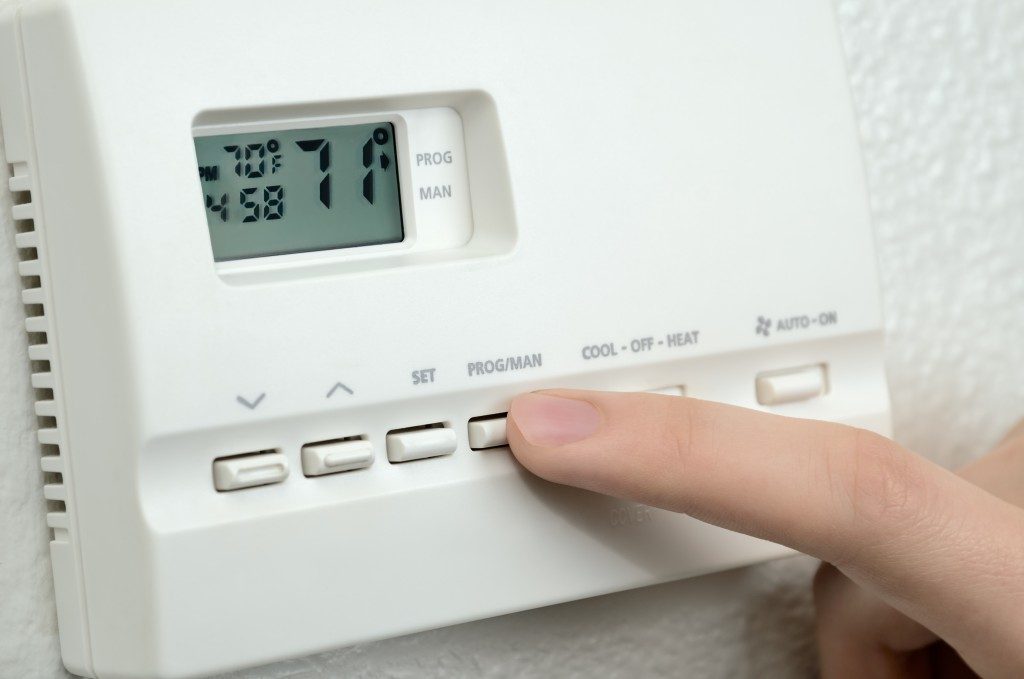A high limit temperature controller, also known as a limit switch or a fan limit switch, is a crucial component when running appliances that require heat to work. It helps to regulate the machine’s operating temperature, avoiding the risk of overheating.
Forced air furnaces, which are powered by heating oil or gas, are among the appliances that need a high limit temperature controller. It senses the temperature of the furnace and turns the fan on and off as needed. When things get too hot, the switch shuts down the furnace burner.
Why do you need one?
In the delicate temperature-controlled processes, limit devices provide essential protection to your equipment. As a result, they ensure the quality of your product while keeping your workforce and premises safe. Extreme temperatures are associated with extensive equipment damage and serious safety issues. The explosion risks increase with the size of the application and the substances involved in the process.
In industries where applications are highly regulated, installation of limit devices is mandatory. For instance, the National Fire Protection Association governs the operations of kilns and ovens. The NFPA 86 was crafted to reduce explosion and fire hazards in furnaces and ovens in the commercial and industrial setting.
The NFPA 86 governs the installation, safe design, inspection, operation, maintenance of equipment that fall under classes A-D. They also make provision for safety equipment, furnaces heating systems and fire protection.
How do limit devices work?
Limit devices comprise of a temperature sensor probe on a mounting plate. The probes extrude through the housing of the furnace while the plate affixes to the outer walls. Terminals on the mounting plate receive control wire for the furnace’s gas valve and blower fan. The switch is often fitted in the hot-air supply plenum and above the heat exchanger.

When the thermostat senses the need for more heat, it causes the burner to ignite and heat the heat exchanger. When the temperature reaches the optimum levels, the thermostat signals it to turn off. The limit switch keeps the blower running for a little while, extracting most of the heat from the exchanger.
Heating appliances operate in cycles to maintain a constant temperature without saddling you with hefty energy bills. A limit switch shuts off the heat exchanger if the heat is too high to keep the pipes from cracking and ruining your furnace.
Poor maintenance can lead to problems with the blower fan or furnace filter restricting airflow. Repeated overheating can also destroy your limit switch. When its top limit has to shut off the burner four times in a row, the furnace might go into a hard shutdown until the unit is serviced.
Keep your switches in great shape
A malfunctioning limit switch poses a high risk to your equipment, as there is the risk of overheating. When your switch is faulty, the blower fan fails to shut off even when the air exchanger has cooled off. In some instances, a bad switch keeps the furnace from operating at all. That will happen when the switch fails and is stuck in the on or off position. Unless your skills are up to scratch, you should not attempt to replace or repair a limit switch.

